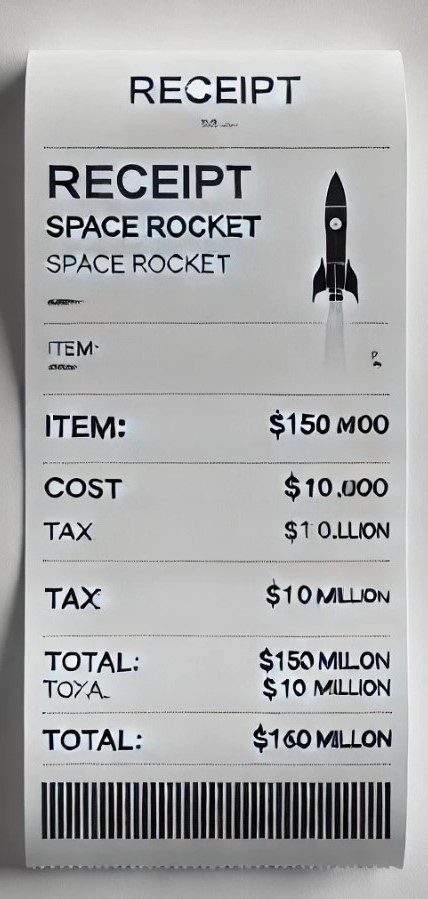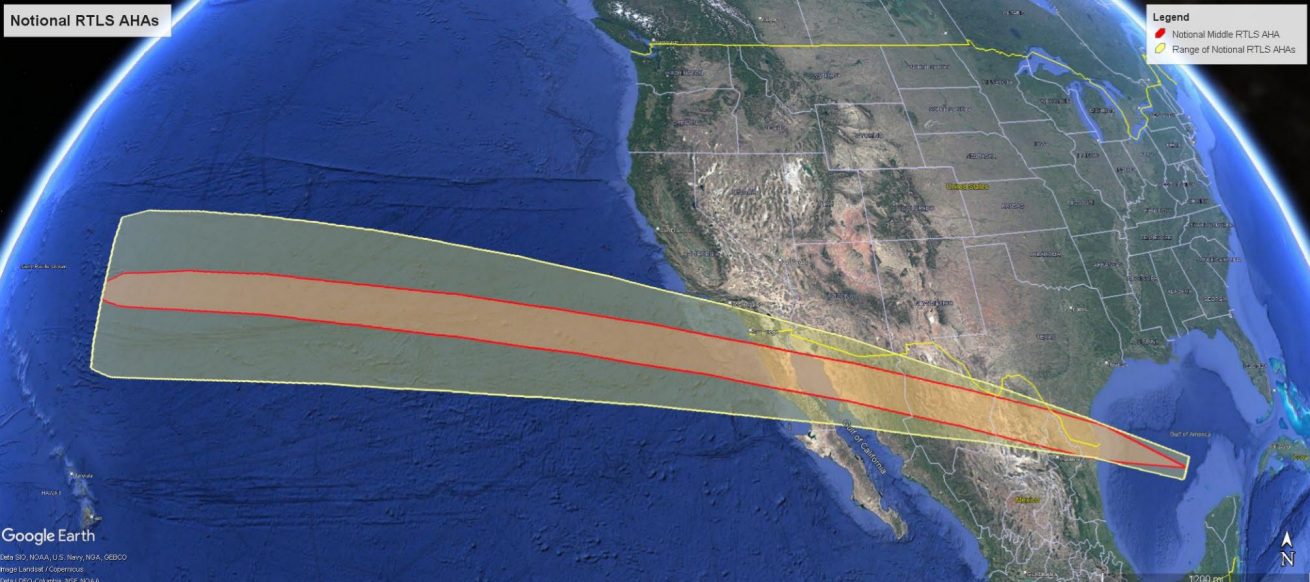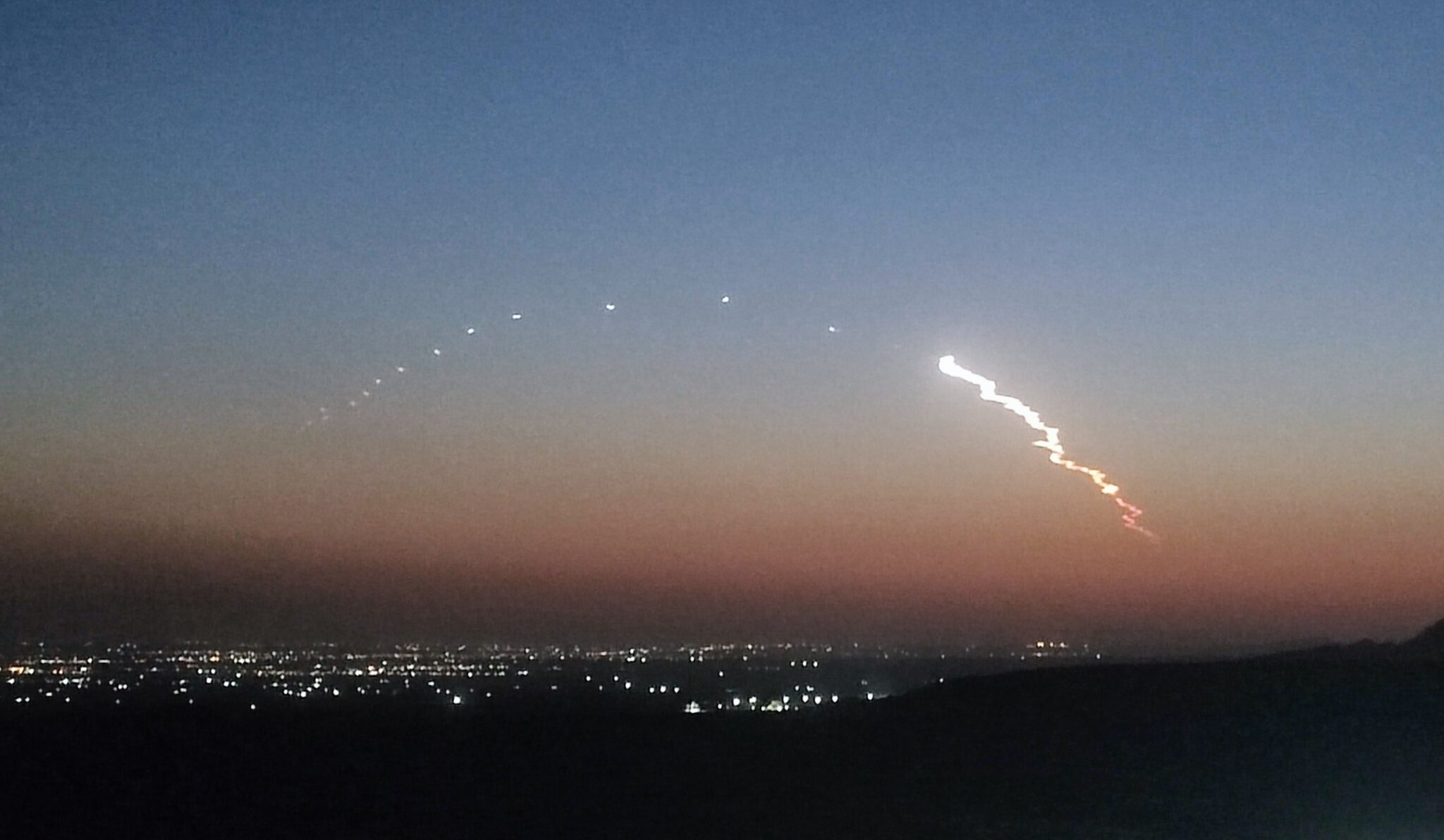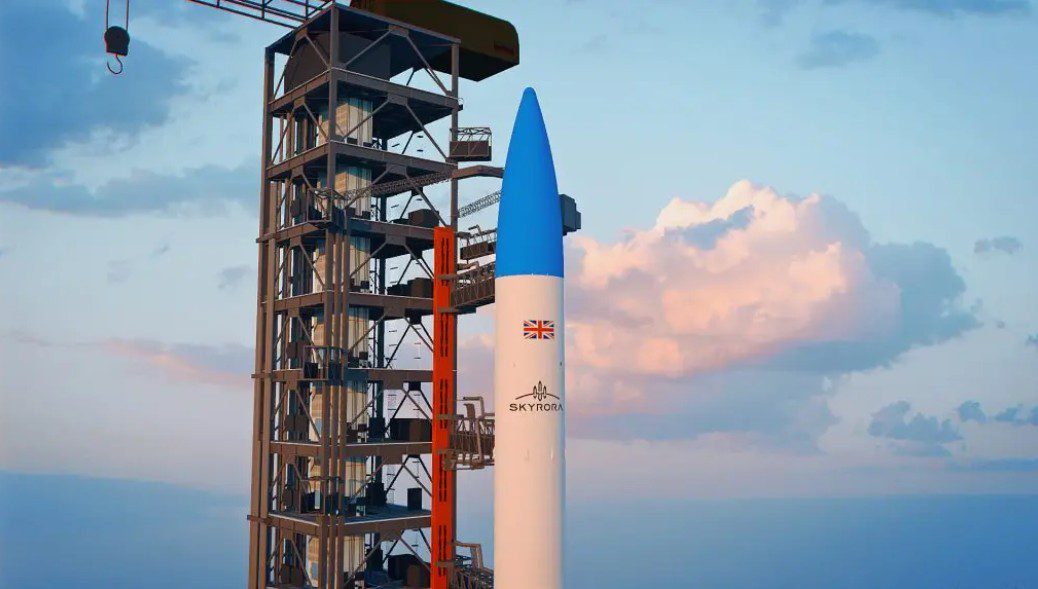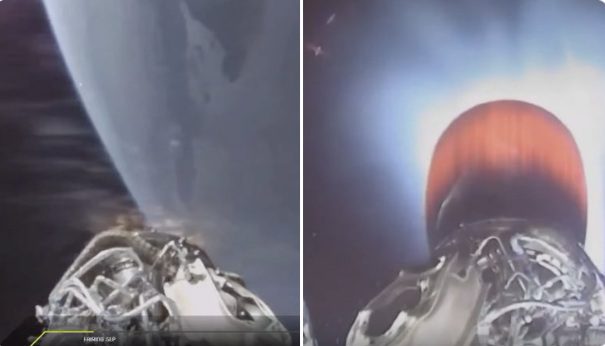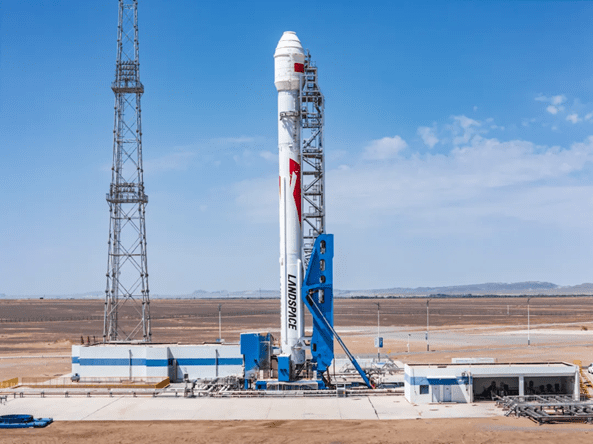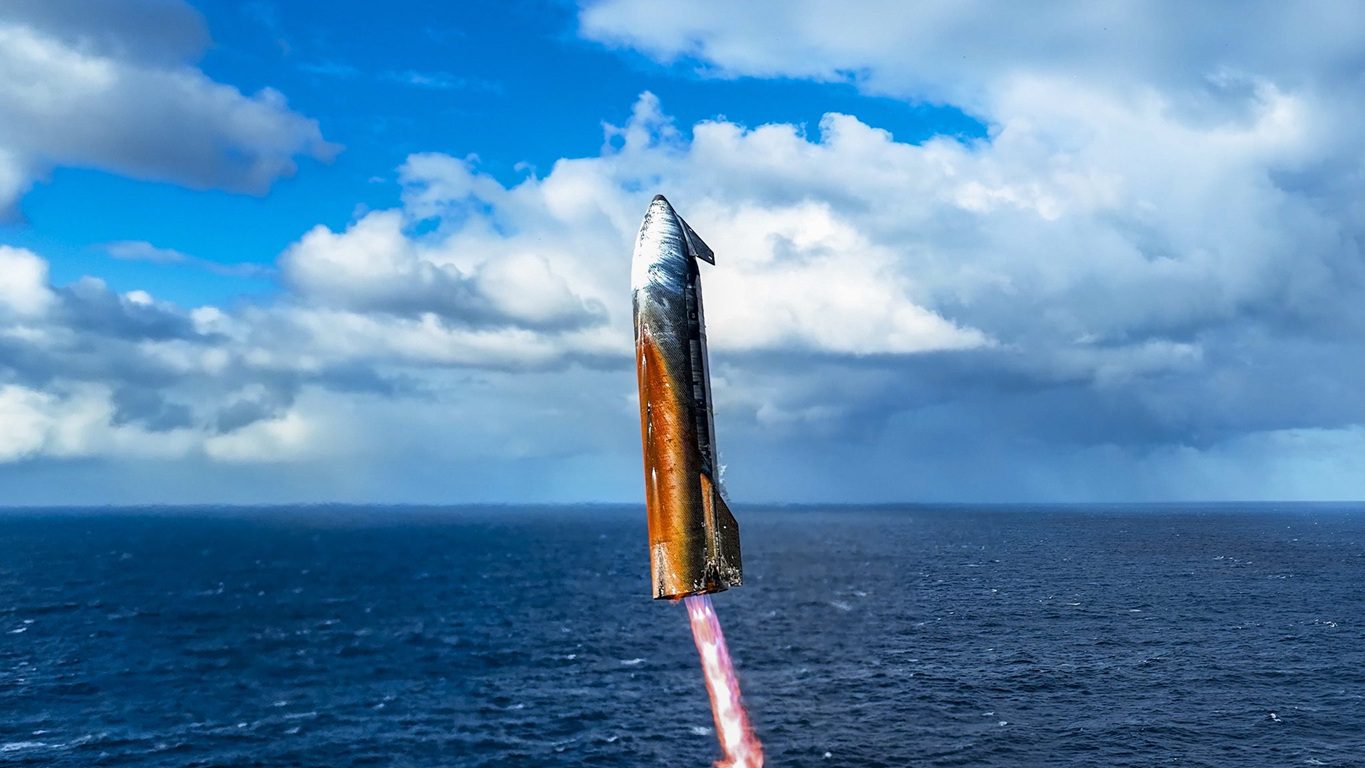At 2030 GMT, on 5 October, the heavy-lift Ariane 5 rocket lifted off from the European Spaceport at Kourou, French Guiana, carrying two telecommunications satellites, Sky Muster II, for NBN Co and GSAT-18, for ISRO (Indian Space Research Organisation). This marks the 74th consecutive successful launch for the Ariane 5, matching the record set by its venerable predecessor the Ariane 4.
The total payload mass for both the satellites and the SLYDA dispenser system was 10,660 kg. This impressive figure is the result of continuous development of the Ariane 5 vehicle by both ESA (European Space Agency) and ASL (Airbus Safran Launchers), since 2009 breaching the 10,000 kg barrier in 2011.
At T+ 2 minutes 23 seconds the two solid rocket boosters separated from the main EPC (Etage Propulsion Cryogenique) core stage, followed by fairing separation at T+ 3 minutes 16 seconds. The first satellite Sky Muster II was released into orbit at T+ 28 minutes 22 seconds, followed by the lower berth passenger GSAT-18 at T+ 32 minutes 30 seconds.
Following the successful release of both satellites the upper stage completed a series of experiments designed to provide further insight into how the super-cooled liquid hydrogen fuel behaves in micro-gravity. This data will be used by engineers designing the new upper stage for the upcoming Ariane 6 launcher. The Ariane 6 upper stage is designed to be reignited multiple times in orbit, an evolution from the current stage which is not.

